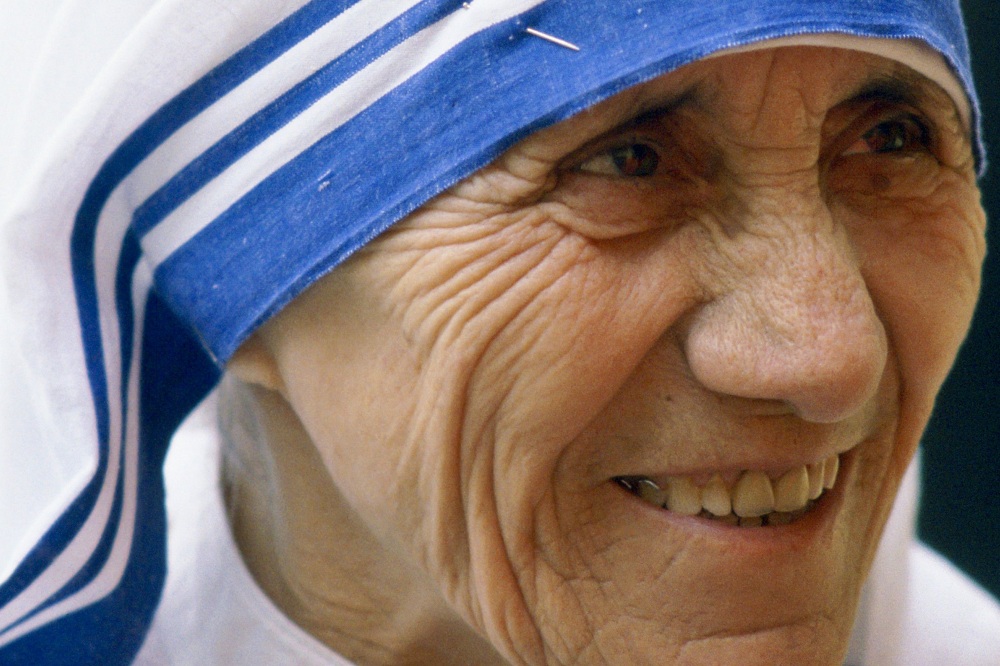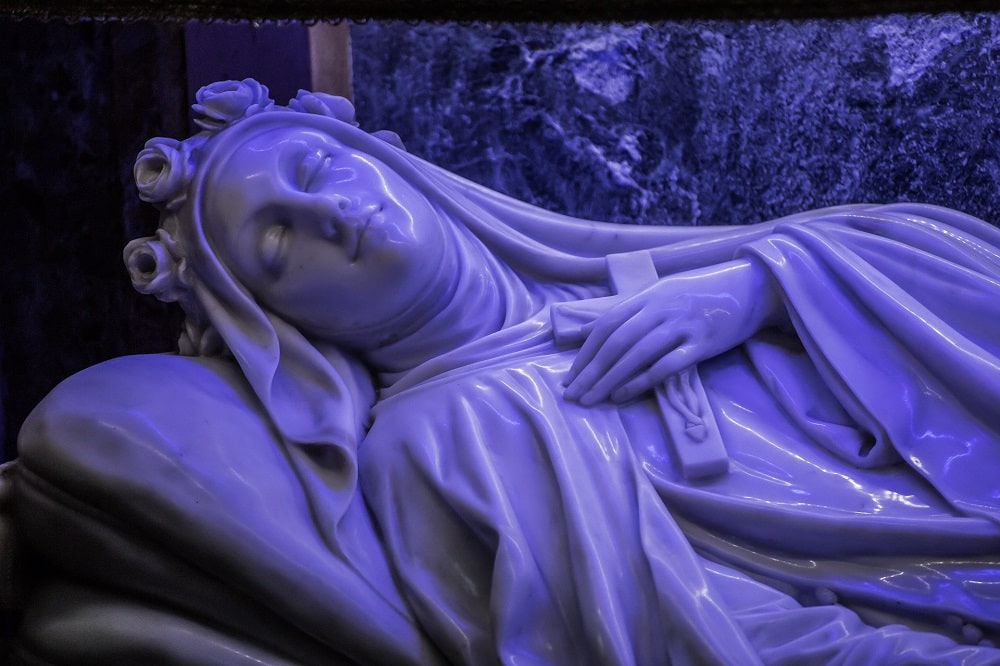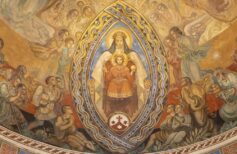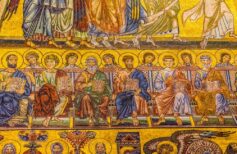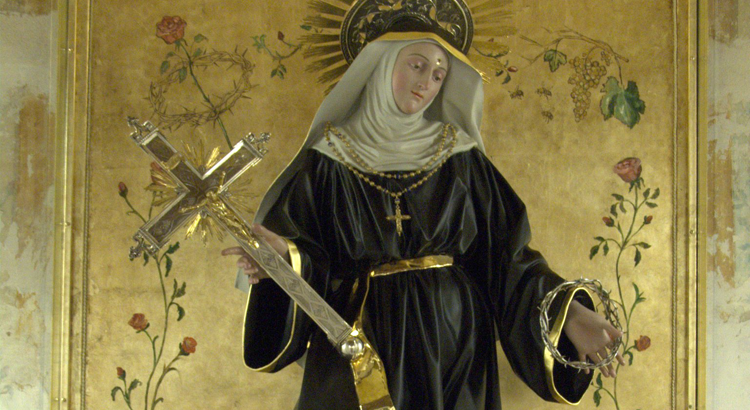We will always remember Mother Teresa of Calcutta for her untiring will to help the last ones, the deprived and poor. Today she is a Saint, celebrated all over the world, and surely one of the most important figures in modern history, awarded with the Nobel Peace Prize and countless other awards.
But we must not forget that she was first of all a woman: a simple woman who has consciously decided to devote all her life to others.
We should never forget this because it’s from this that we can find the will to imitate, in our small, such important and precious figures.

Santa Teresa of Calcutta (Anjezë Gonxhe Bojaxhiu) was born in Albania. After a difficult childhood with the premature death of her father, she shows an early interest in charity and mercy; she became nun at eighteen and, after a short stay in England and Ireland, she was sent to India. Since very young she showed her love towards this country in her close correspondence with the Jesuit missionaries in Bengal.
Since then, Saint Teresa lived between Calcutta and Darjelling, divided between prayer and charity, until in August 1946 when, while Calcutta was bloodied by independent fights, she was reached by the ‘call within the call’. She understood that she had to leave the quiet life of the convent to fully immerse in the poverty of those who lived in the street. Saint Teresa considered it as a precise order of God.
Since then, even by fighting the rejected of the Church itself, she began her true mission as the poorest among the poor. She abandoned the black veil and assumed citizenship in the newly independent Republic of India. Soon her example was followed by others. Around her began a bigger network of volunteers: their tasks ranged from distributing food, teaching, assisting the sick and dying.
In 1950, Mother Teresa founded the Missionaries of Charity, a congregation devoted to the mercy and care of the poor and those in need. As a robe Mother Theresa chose a white sari with blue stripes, the colors of the caste of the Untouchables.
Mother Teresa’s influence grew rapidly, also thanks to the worldwide media attention. With the help of local and foreign personalities, she opened reception centers and care for the poor, sick and lepers. She received the visit of heads of state, the most powerful men in the world, and had a long friendship with Pope John Paul II, who already considered her a living Patron of Hospitality.
She remained in charge of her congregation as long as health permitted her to, continuing to serve among her people, and died in her Calcutta the age of 87. John Paul II started a special beatification process for her, only two years after her death, to confirm the holiness that accompanied her throughout her life.

